Overall I had a lot of fun with this inquiry. I learned so much about the different approaches that artists can take with their choreography and new strategies that I can bring into my own choreographic experiences. Ultimately, I learned that every choreographer is different and the way that they create is all dependent on who they are, the training they’ve had, the genre they are working in, the dancers they are working with, the intent behind a piece, and the space they are working within. There is fortunately no wrong or right way to go about choreography. Each process is an artistic journey for the choreographer and the dancers alike to try new things and gain new experiences. One of my biggest take aways from this inquiry experience is that it is okay to personalize your artistic process and it is okay to work alongside people and take ideas and inspiration from those around you. It helps to have people to go to for suggestions, or for a new set of eyes in order to gain insight or new perspective.
One of the things I think I did well within my process that ultimately benefited my piece was working with the dancers to create the movement. I am a big believer in going on stage and dancing for yourself. As long as you feel good doing what you are ding and you are dancing for you, the intent comes through and it can make a piece thatch better. By getting the dancers to come up with their own movement or phrases and by asking their thoughts and opinions while creating spacing, dynamics, or phrases they get to have a say and the dance becomes theirs as much as it is mine. They have the opportunity to put their own unique twist into it and make it their own. When this happens they evidently have more fun and enjoy the process and the piece more which I think is important for the integrity of the piece and the well- being if the dancers.
One thing that I have learned and would like to incorporate in my next choreographic opportunity is to allow time for more movement exploration at the beginning and possibly integrate it into various points of the process such as once at the beginning, middle, and the end. I think this would be interesting to see as dancers become more familiar with the purpose and style of a piece and how they may integrate that into their exploration and how their improvisation may benefit from that. This may also help provide more possibilities and open doors for new movement and phrases that can be added into the dance. It could be used kind of like a reset button when we need something new to add some new dynamics or cool factors into a piece. It further, would give the dancers more of a voice in the choreography if they get to include their own phrases at more than one point within the dance.
I hope you enjoyed following me on my inquiry journey of choreographic processes. I hope you learned as much as I did!
See you soon!
Kate 🙂
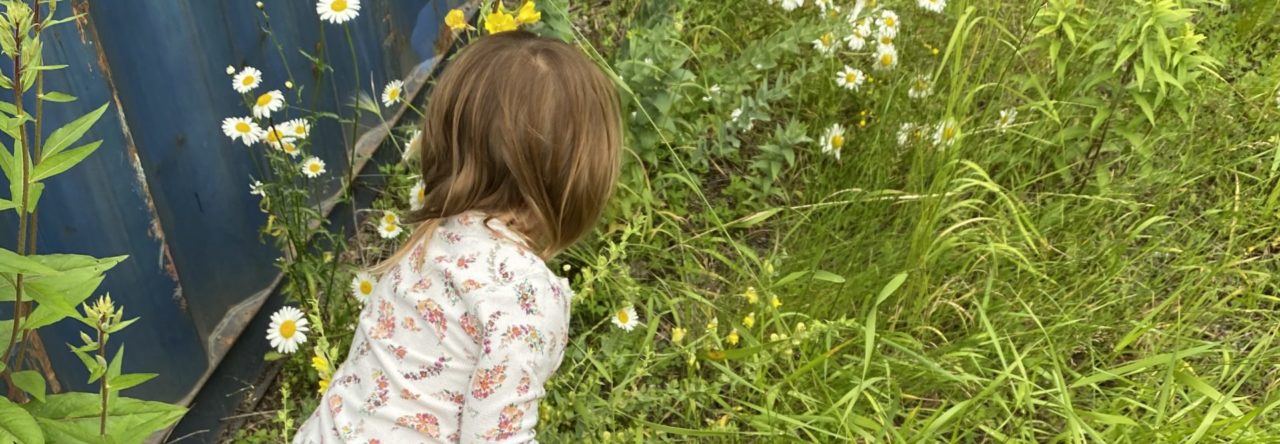

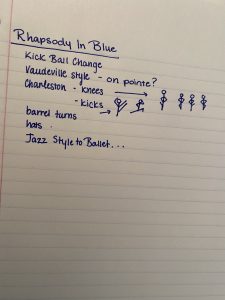 I then asked them to find ways to put the different movements together into 8 count phrases. we ended up integrating these phrases into a later part of the dance.
I then asked them to find ways to put the different movements together into 8 count phrases. we ended up integrating these phrases into a later part of the dance.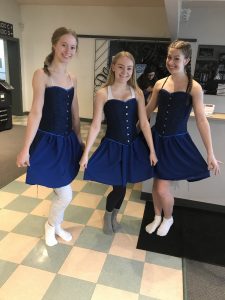
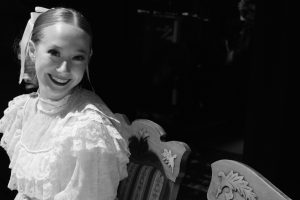
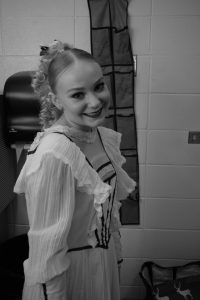
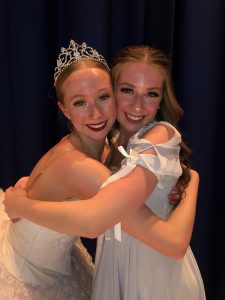
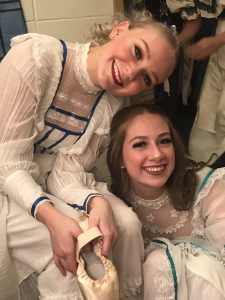
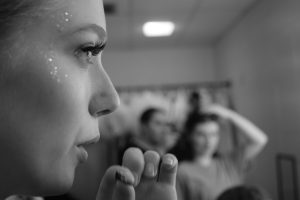
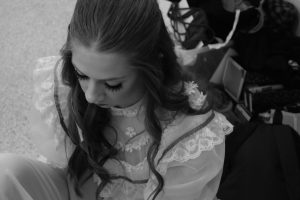
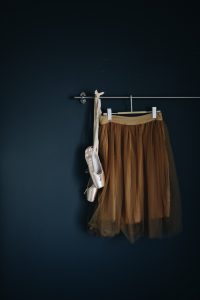

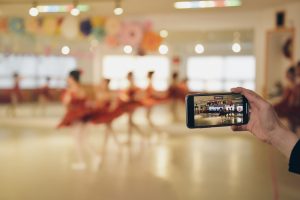 The third strategy includes extra work for the dancer. It is suggested that dancers make time to review, reflect, and practice on their own outside of rehearsal. This allows them to be further mentally and physically prepared for future rehearsals as they better memorize the movements given previously so that they are more able to focus on the new material be given. It also allows them to become more fluid in the movement and explore the artistry that they can bring to the phrase later on.
The third strategy includes extra work for the dancer. It is suggested that dancers make time to review, reflect, and practice on their own outside of rehearsal. This allows them to be further mentally and physically prepared for future rehearsals as they better memorize the movements given previously so that they are more able to focus on the new material be given. It also allows them to become more fluid in the movement and explore the artistry that they can bring to the phrase later on.
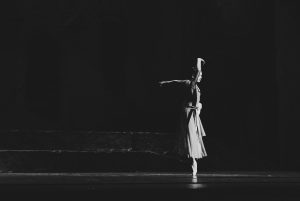
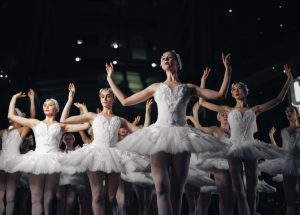
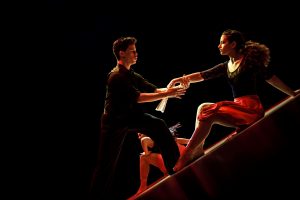
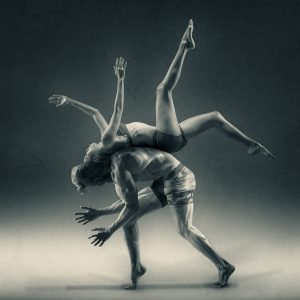
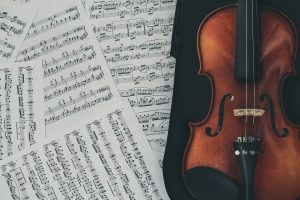
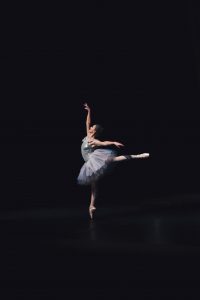
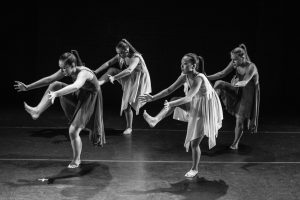
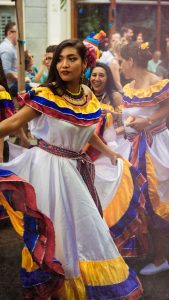
 According to the Oxford definition of Choreography, the term refers to “the sequence of steps and movements in dance or figure skating, especially in a ballet or other staged dance”.These sequences can be brought and rearranged using a number of styles or steps, patterns, spacings, and dynamics. The way that these phrases or sequences are put together and the process in which a choreographer does this can vary from person to person and artist to artist. The way a choreographer choreographs also may depend on the pupils they are working with. Factors such as age, skill level, and experience can affect the steps a choreographer takes to complete a piece as well as the patterns, steps, and dynamics they choose to use.
According to the Oxford definition of Choreography, the term refers to “the sequence of steps and movements in dance or figure skating, especially in a ballet or other staged dance”.These sequences can be brought and rearranged using a number of styles or steps, patterns, spacings, and dynamics. The way that these phrases or sequences are put together and the process in which a choreographer does this can vary from person to person and artist to artist. The way a choreographer choreographs also may depend on the pupils they are working with. Factors such as age, skill level, and experience can affect the steps a choreographer takes to complete a piece as well as the patterns, steps, and dynamics they choose to use.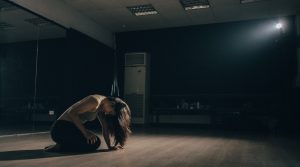
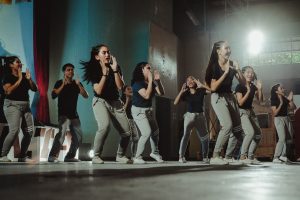 When it comes to choreography, there is no proper way to create a new piece and no distinct approach that you can follow. Most choreographers take some aspects of one approach and some from another and use what works best for them. One of my peers recently created a group piece where he combined the aspects of multiple choreographic approaches. For example, he would spend six to eight hours during a day working with the music, editing it together, and coming up with very intricate phrases to go along with it. He would then write them down in note form and have them ready to teach when he got into the studio. However, sometimes he would find that what he previously came up with didn’t work for the dancers he was working with and he would move forward by working with them and creating something new on the spot that would work better.
When it comes to choreography, there is no proper way to create a new piece and no distinct approach that you can follow. Most choreographers take some aspects of one approach and some from another and use what works best for them. One of my peers recently created a group piece where he combined the aspects of multiple choreographic approaches. For example, he would spend six to eight hours during a day working with the music, editing it together, and coming up with very intricate phrases to go along with it. He would then write them down in note form and have them ready to teach when he got into the studio. However, sometimes he would find that what he previously came up with didn’t work for the dancers he was working with and he would move forward by working with them and creating something new on the spot that would work better.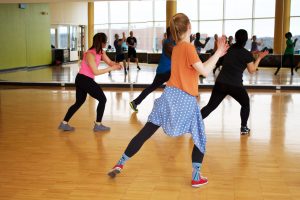
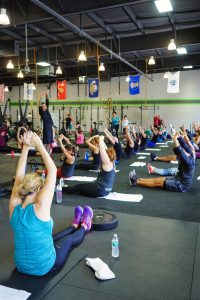 Dance further helped me wit my mental and physical health. Through conditioning classes, improvisation classes, and peer group talks, dance had become a safe place for me and my peers. Physically, conditioning and technique classes promoted the development of safe movement and allowed us to work on developing flexibility and strength that would allow us to limit injury and promote more developed movement while we danced. In regards to mental health, dance allowed us to share and express our thoughts with each other verbally and physically. It became an activity that was always there for us to escape into after a hard day or grasp fully at the end of a good day. Improvisation classes urged us to take our thoughts, ideas, and feelings and put them into dance. How could we convey what we wanted to say through movement.
Dance further helped me wit my mental and physical health. Through conditioning classes, improvisation classes, and peer group talks, dance had become a safe place for me and my peers. Physically, conditioning and technique classes promoted the development of safe movement and allowed us to work on developing flexibility and strength that would allow us to limit injury and promote more developed movement while we danced. In regards to mental health, dance allowed us to share and express our thoughts with each other verbally and physically. It became an activity that was always there for us to escape into after a hard day or grasp fully at the end of a good day. Improvisation classes urged us to take our thoughts, ideas, and feelings and put them into dance. How could we convey what we wanted to say through movement.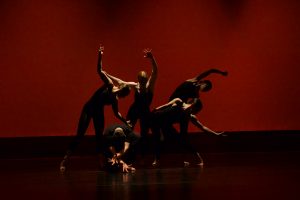 Improvisation classes also encouraged our creative thinking which would help us develop our own choreographing skills. While improvising we were able to explore whatever movement we wanted and discover new ideas. I have used this strategy at the heart of my choreography since I started creating. I always found it helpful to explore, find what works well, and then put it together. I also used this strategy to help me create the choreographic routine that I will be reflecting on within my inquiry. Further, from experience working with others as well as other teachers, our choreography also occasionally reflects stylistic choices that we have seen from others. Our own creative movements then become inspired by and include movement choices made by others and what we have previously learned. Therefore, choreography can be seen ultimately as a team effort in which multiple artists are involved.
Improvisation classes also encouraged our creative thinking which would help us develop our own choreographing skills. While improvising we were able to explore whatever movement we wanted and discover new ideas. I have used this strategy at the heart of my choreography since I started creating. I always found it helpful to explore, find what works well, and then put it together. I also used this strategy to help me create the choreographic routine that I will be reflecting on within my inquiry. Further, from experience working with others as well as other teachers, our choreography also occasionally reflects stylistic choices that we have seen from others. Our own creative movements then become inspired by and include movement choices made by others and what we have previously learned. Therefore, choreography can be seen ultimately as a team effort in which multiple artists are involved.